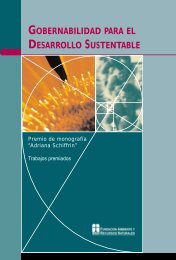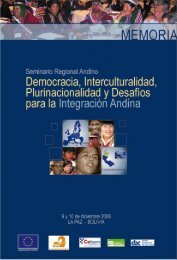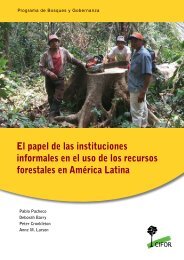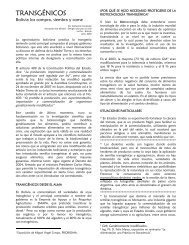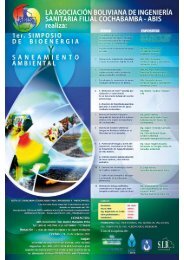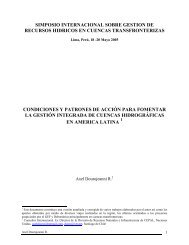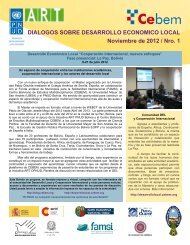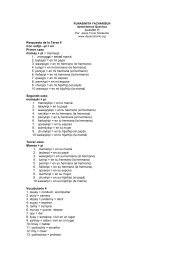Create successful ePaper yourself
Turn your PDF publications into a flip-book with our unique Google optimized e-Paper software.
Sewerage- 9% use a water borne system- 5% use septic tanks- 12% use private pit latrines- 72% use shared pit latrines- 80% of households lack latrines/toiletsHousing- 65% of the population rents houses- 71% of families occupy rooms as opposed to houses- 36% of city houses are built of mud and wattle- 34% of city houses require upgrading or replacingSlums- 10% of Kampala’s land area is covered by slums- 27% of the City’s population lives in slumsIncomes- 80% of the City’s population is low incomeAdministrativeFunctionOn 1 st January 1949, Kampala was proclaimed a Municipality and got its firstMayor the following year.According to the Local Government Act, 1997, which consolidates all existinglaws on Local Governance in Uganda in line with the 1995 UgandaConstitution, KCC is equivalent to a District.It is sub-divided into five administrative Divisions, at present equivalent toMunicipalities. These are Makindye, Lubaga, Kawempe, Nakawa and Central.The Divisions are sub-divided into smaller units, from parish down to villagelevel. There are 98 parishes (Local Council II) and 998 villages (Local Council I).This is done for administrative and political reasons.The administrative set-up of KCC runs parallel to the political set-up. Therefore,politically, an elected Council headed by a Mayor administers Kampala. Thecouncil is elected every five years. A team of professionals headed by theTown Clerk/Chief Executive carries out the executive functions.B: KEY URBAN MANAGEMENT CHALLENGESUrban sprawl and inadequate physical infrastructure have accompanied the rapid urbanizationof Kampala. The depletion of natural resources and unchecked discharge of unprocessed wastesin the environment has resulted in severe health problems. The main issue concerning Kampalais the proliferation of slums and unplanned settlements. Safe water, sanitation and solid wastemanagement are other serious issues facing Kampala.Kampala, like other urban areas, has its own challenges including: inadequate financial resources,lack of employment, significant levels of poverty and the widening gap between the poor andthe rich, and growing crime rates. Inadequate and deteriorating stock of housing units, poorservices and infrastructure, improper land use, rising traffic congestion, increasing pollution,lack of green spaces, inadequate water supply, uncoordinated urban development and increasingvulnerability to disasters are other challenges (Byaruhanga, 2000).The poor housing situation in Kampala is a result of two factors: the land tenure system andpoor urban planning. Most of the land in Kampala is owned under Mailo land tenure system,34Cities Development Strategies for Improved Urban Environment and Poverty Reduction in the Lake <strong>Victoria</strong> Region



